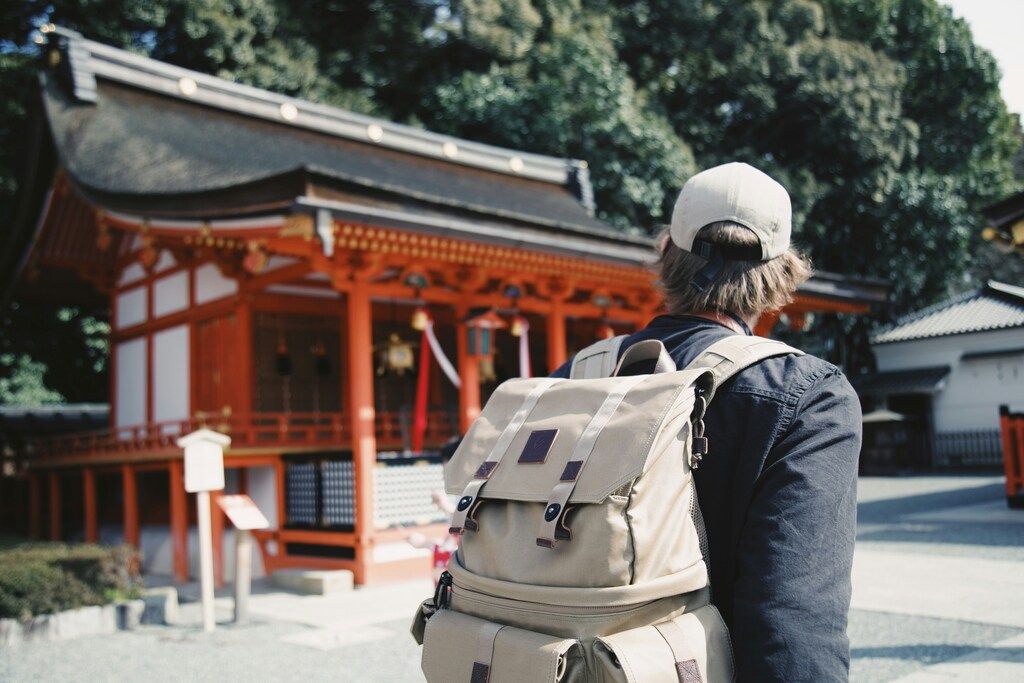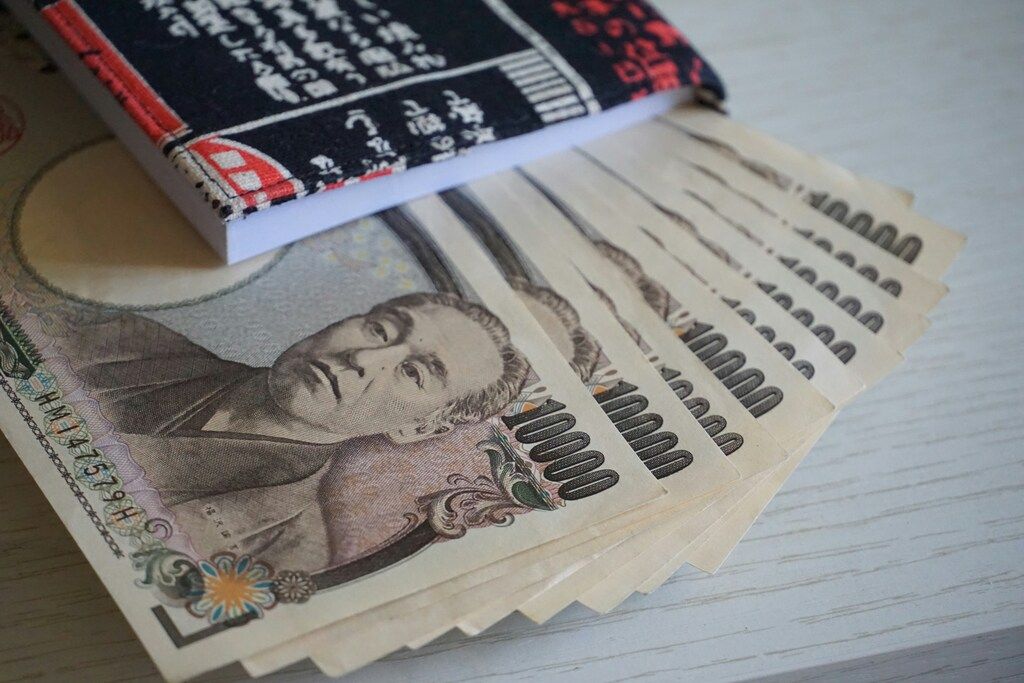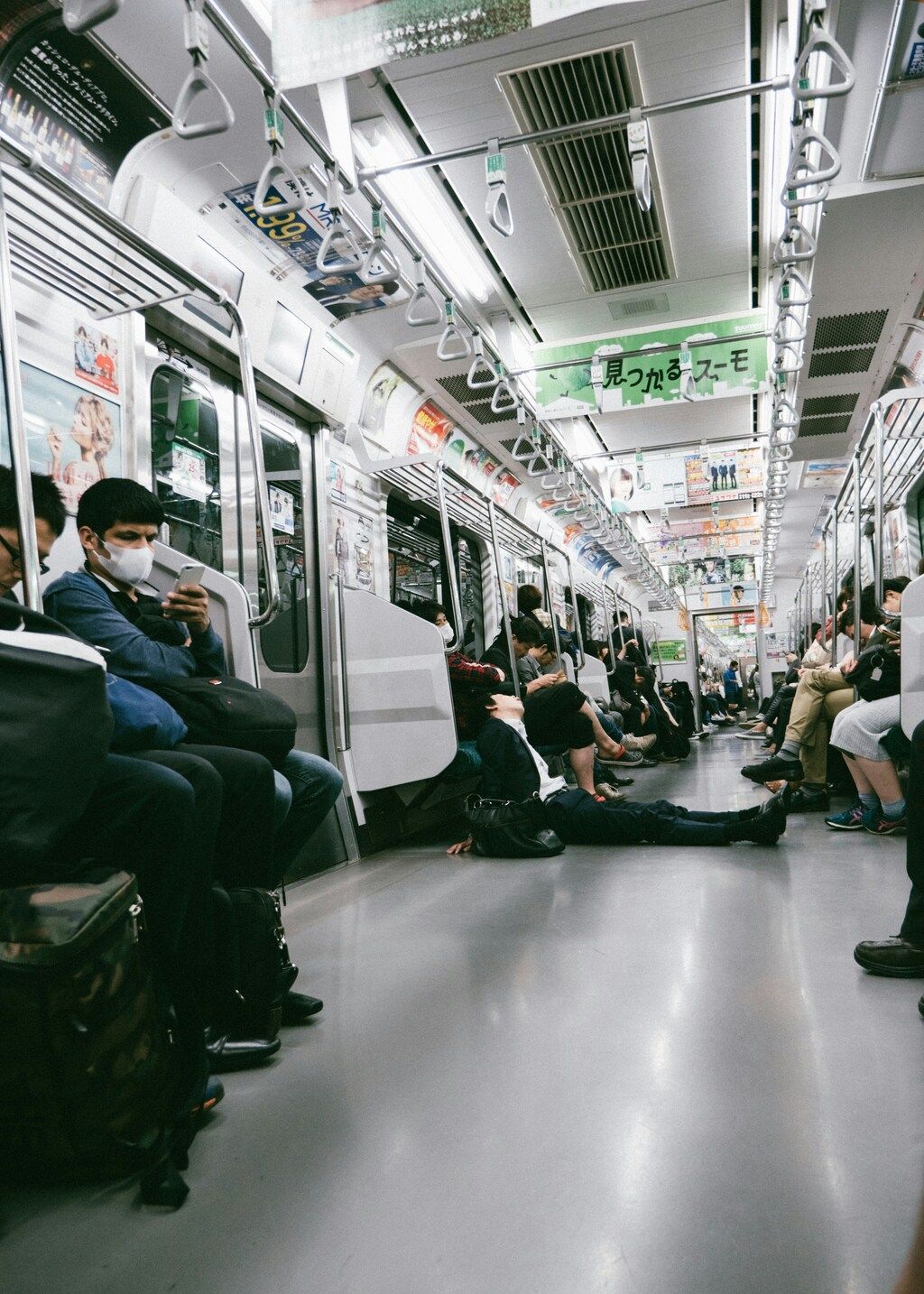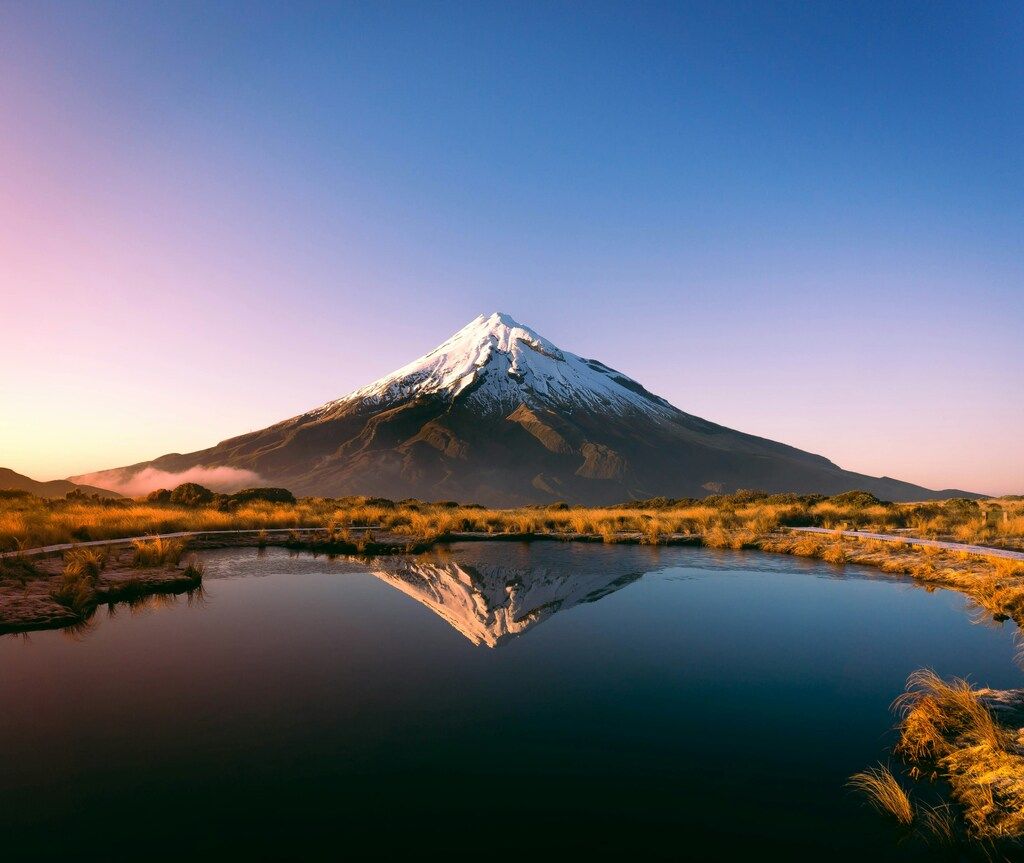

Got a trip east lined up? Then you’ll need to create a Japan packing list before you go. Luckily, we’re here to help. We’ve put together this guide of all the most important things to bring to Japan. You’ll soon be ticking them off and heading to the airport for an unforgettable adventure!
Travel documents
Let’s start with the essentials. It may sound silly to say that you’ll need your passport, but we all know people whose holidays have been ruined before they even started — simply by forgetting this vital document. Keep it somewhere safe, and make sure you have enough days on it.
Before you travel, check what kind of Japan visit visa you’ll need. Citizens of many countries can get a visa on arrival, but that’s not always the case. Be sure to check in advance because the Japanese authorities are pretty strict. You don’t want to fly all that way only to be sent home!
Finally, make sure you have travel insurance for Japan. We know it can sound like nagging, but trust us — travel insurance is really essential for every trip you take. If you’re lucky, you might never need to use it, but do you really want to take that bet? Remember, if you’re planning to do any kind of extreme sport or specialist activity, such as skiing or scuba diving, during your Japanese adventure, your regular insurance may not be enough. Make sure to take out a policy that will cover you for whatever activities you’ll be getting up to on holiday. We’ve read enough horror stories about travellers who ended up bankrupt after an accident abroad — don’t join their ranks!
Clothing: what to wear in Japan
Of course, your Japan packing list will also involve plenty of clothes. This is where things get a little bit tricky. Japan has four very distinct seasons, and what’s more, there are regional variances in weather. If you’re just heading to one destination, it’ll be easy enough to check the weather forecast and pack. However, if you’re planning a trip around the country, then our best advice is to bring lots of layers. It might be mild and sunny in Okinawa but far colder in Tokyo!
If you’re travelling in summer, make sure to bring plenty of lightweight, breathable clothing, as the humidity levels are high. In spring and autumn, we recommend layers, along with some kind of rain jacket that will keep you dry. Winter will mean quite thick clothes, especially if you’re heading to the snowy north.
It’s also worth mentioning that you might want to pack clothes that cover up your tattoos out of respect for Japanese culture. In Japan, body art is heavily frowned upon. If you’re planning to visit an onsen, one of the country’s traditional hot springs, you may well be turned away if you have visible ink. Hiding your tats is a courtesy that the locals are sure to appreciate.
Footwear
Yes, we’re giving footwear its own special entry because things are a little different in Japan. In the West, people tend to be divided on the question of whether or not to wear shoes indoors. That’s not the case in the Land of the Rising Sun, where the answer is clear: take your shoes off before entering a private space.
We recommend adding slip-on shoes to your Japan packing list unless you want to be bending down to deal with buckles and laces twenty times a day. What’s more, you should also bring clean, fresh socks. Forget those holey, bobbly old things your gran gave you five Christmases ago. When you’re in Japan, your socks will be on display far more than they would back home, so make sure that they look good.
Of course, depending on your itinerary, you may also want to bring other shoes like hiking boots or trainers for adventures outside. Just make sure that, whatever you’re bringing, you’re prepared to remove and re-don them whenever necessary, out of respect for the country you’re visiting.
Portable Wi-Fi or SIM card
You can pick up a SIM or e-SIM on arrival at the airport, but it might be cheaper if you organise one in advance. An e-SIM is often the most convenient option for overseas travel, as you won’t need to open up your phone to insert it.
It’s always a good idea to get a SIM for international travel. That’s particularly true when you’re going to a country like Japan. Let’s be clear: most Japanese people do not speak English, so unless you’ve really been swotting up on your language skills, you’ll need access to a translation app. This will prove to be your best friend as you travel, especially when it comes to things like translating menus. If you’re heading off the beaten track into less touristy areas, then a good mobile signal is absolutely essential.
If you’re looking for an e-SIM, you can get one from companies such as Ubigi and Airalo. It’s quite easy to buy one prior to your trip and set it up before your plane lands, giving you one less thing to worry about on arrival.
Power adapters
Officially, Japan uses both Type A and Type B plugs. In practice, you’ll find that Type A is far more common. If you’re not sure what that means, then look for adapters with two flat prongs — the same kind that they use in the United States.
However, don’t just think you can add your regular USA adapter to your Japan packing list. Japan is quite unusual because it uses a very low 100 volts as standard. This means that devices made for higher voltage countries — which is basically every other country in the world — may not work and could even short-circuit or blow a fuse. You’ll need a special adapter designed specifically for Japan’s voltage system.
Medications
If you have any prescriptions, you might be wondering about bringing medicine to Japan. Before you travel, it’s worth checking online about your specific prescription. That’s because some medicines are banned in Japan, and any attempt to bring them into the country could land you in serious hot water.
Prescriptions that are legal in some other countries but banned in Japan include pseudoephedrine, codeine and medicinal cannabis. Adderall, a popular ADHD treatment in many countries, is also on the prohibited list.
If your prescription isn’t on the list, then make sure to bring your meds with you. Don’t expect to be able to find them easily in Japan. Besides the language barrier, there’s also the fact that many medicines that are common in the West are rare here, such as birth control pills. You may also want to add any over-the-counter medicine that you take frequently to your Japan packing list. Substances like painkillers are readily available in Japan, but they’re far weaker than they are in the West.
Cash
We always recommend changing money in advance. Yes, you can do it at the airport on arrival, but you’ll usually get worse exchange rates, and you may have to queue for quite a while. Who wants to spend any more time at the airport than they absolutely have to?
If you’re only visiting Tokyo, then you might be able to get away with just using your card. However, outside the big city, Japan is still a cash-based society. In smaller shops and restaurants, you may not be able to pay with a card. Additionally, some establishments also have a minimum spending threshold you have to meet. For these reasons, it’s definitely worth getting some yen before you travel — plus, it’s always fun to play with foreign currency, isn’t it?

Sleeping mask
This may seem like an odd one to add to the list, but you should hear us out. During your trip, you might want to stay at a ryokan, which is a traditional Japanese inn. These places are usually pretty high on travellers’ lists, as they’re extremely evocative and cool, with an atmosphere that will instantly transport you back to the days when brave samurai roamed the land. However, there’s a downside.
Ryokans have wooden and paper shutters covering the windows, and they tend to let in quite a lot of light — so much that you might not be able to get any shut-eye without help. If you tend to find that you need darkness to sleep, then an eye mask is a must.

Face masks
Here’s one that you might want to bring with you. Like in most East Asian countries, Japan has a culture of wearing face masks, even long before the COVID-19 pandemic. People tend to don a mask out of courtesy if they have a cold but also to avoid pollution when wandering around large urban areas.
Coughing and sneezing in public without a mask may get you a few frowns. Japanese people will rarely criticise someone in public, but out of respect, we recommend adding a pack of face masks to your Japan packing list.

A camera
Finally, let’s be honest: this is going to be the holiday of a lifetime. Your Japanese adventure is a truly amazing opportunity, and you’ll want to remember it. That’s especially true if you’re visiting during the cherry blossom season in spring — or in the fall foliage months of autumn when Japan is easily one of the most beautiful places in the world.
Pack a camera to make sure you capture plenty of those incredible moments. Yes, you could rely on your phone, but who wants to run out of battery when you’re in the middle of admiring Mount Fuji? If you’ve got a separate camera, then make sure it’s in your suitcase. We can definitely promise you that you’re going to use it.
Now you know what to pack for Japan, why not join us on a trip to this legendary destination? Our Japan tour will take you on an 11-day whirlwind all around the country. You’ll see famous cities like Tokyo, Kyoto, Hiroshima, and Osaka and get a chance to marvel at the natural beauty, the great cuisine, and the intriguing culture. Plus, you’ll be able to meet some awesome new people as you get to know your fellow adventurers!
+ Discover authentic Japanese cuisine – Food in Japan: what to eat.



